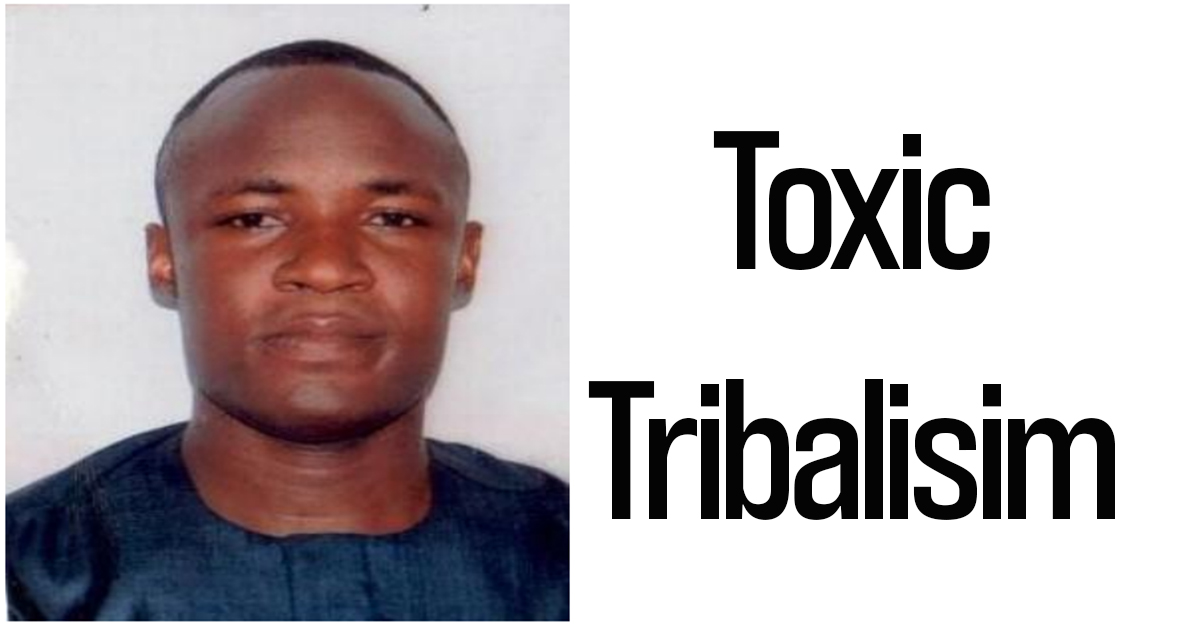Tribalism has been the fundamental nightmare since the genesis of the Sierra Leone independent from 27th April, 1961. Recently, scholars have questioned the viability of tribalism in diminishing our democratic system in Sierra Leone. Tribalism is a pattern of attitude and behavior we tend to adopt when we come to identify with our tribes. Tribalism in Sierra Leone has taken many forms, one of such example of it, is individuals‟ strong affiliations with party politics.
These affiliations are often built on party color’s through the use of party symbols (Red and Green). We frequently see deep bonding between supporters of a particular political party who identifies strongly with each other and against supporters of opposing party. Our political foes are acting out of hate and a desire to harm us by dividing us as a nation. While political tribalism has been evident throughout history, today we are witnessing increased polarization due to lack of trust and civil discourse across parties.
Tribe can be defined as a division of people; family; race. Or a group of people in a traditional society that are linked by blood, religion, similar culture. These group of people share same ancestors or common leaders and they have similar customs and traditions. Tribalism depicts exclusivity, clan-based. When a particular ethnic group pays no regard to another ethnic group, it portrays that it is deep-rooted and innate and this connotes tribalism. Tribalism is a behaviour that shows that people are extremely loyal to their group than other groups or their country. Tribalism in Sierra Leone determines how people act, think, react and who they oppose or compete against as a result of their political culture.
Tribalism and Democracy are the two popular words used in the Sierra Leone society. A good political life calls for peace, right action and life sustaining necessities. Tribalism is a dividing role strategy, as I defined democracy as „‟A society based on equal opportunity and individual merit or „‟A system of rule by the poor and disadvantage‟‟
The constitution of Sierra Leone 1991 Chapter (2) Fundamental Principal of state policy. The state shall promote National Integration and Unity and Discourage Discrimination on the ground of place of origin, circumstance of birth, sex, religion, status, ethic or linguistic association. Do we practice these values in the constitution which is the parent law in Sierra Leone?
In all there are 16 ethnic groups in Sierra Leone. These are the Mende, found in the Southern and Eastern Provinces, and the Temne in the North. The Limba also found in the Northern Province, followed by the Kono in the Eastern Province. There is also the Koranko in the North as well as Yalunka, Loko, Soso, Madingo and Fula. On the Coast, North and South are the Bullom and Sherbro followed by the much smaller groups of Krim, Vai, Gola, with the Kissi further inland in the Eastern Province. The Western Area, including Freetown, is more mixed in population, but is basically the home of the Krio.
Sierra Leone is divided into four (4) geographical regions, sub-divided into sixteen administrative districts, which have their own elected local governments. The four regions are Northern, North-Western, Eastern, Southern and Western Province (Western Rural and Western Urban). Emerging political realities- the way we choose our leaders, the way we govern ourselves, the way we treat each other as Sierra Leonean inside and outside our country. Let’s stop attacking personalities, let’s attack issue that are affecting us as a nation.
Read full article on Toxic Tribalism and Democratic Erosion in Sierra Leone by Manley Lamin (582 downloads )


 Post a comment
Post a comment








